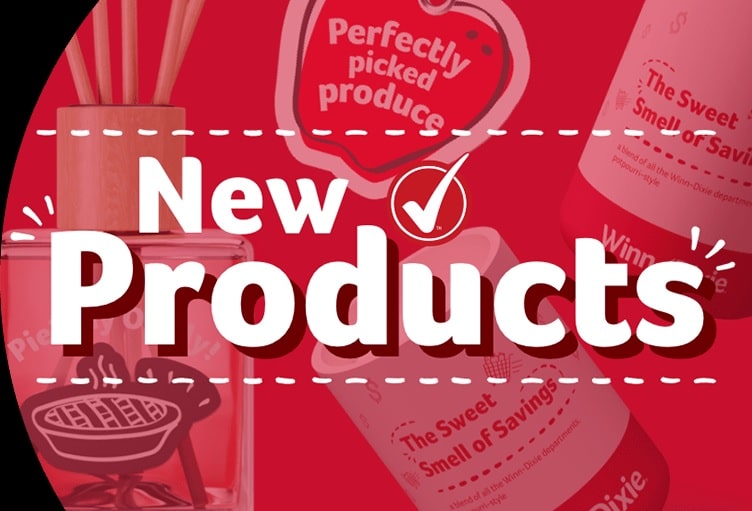
Maybe you tend to buy only your favorite brands at the grocery store, or buy only what’s on sale any given week. But what if a brand-new item catches your eye?
There had better be a coupon to catch your eye too, in order for that shiny new object to make it into your shopping cart.
A new survey finds that shoppers are interested in trying new things when grocery shopping – but they don’t necessarily want to pay full price for them.
In the latest edition of its Consumer Digest Report, the retail data analytics company 84.51° asked shoppers what is most likely to tempt them to buy new products. While they say ads and samples and recommendations might influence their decisions, what shoppers say would really make the difference are coupons and deals.
“Shoppers discover new items in a myriad of ways,” the report reads. But they demonstrate “a higher likelihood to purchase new products when they receive a discount or coupon to drive savings.”
Nearly half of shoppers surveyed said in-store or outside advertisements are the ways they’re most likely to become aware of a new product. But nearly as many cite savings – 42% say a coupon is likely to get their attention, and 41% say the same about in-store discounts. Recommendations by friends, free samples and social media posts are far down the list.
And once they’re aware of the new product, coupons and deals are king when it comes to turning that awareness into a willingness to buy. 70% say a price reduction and 68% say a coupon for a new product is most likely to turn their curiosity about a new product into a purchase decision. Less than half as many cite in-store displays or ads, and dead last on the list is a recommendation by a celebrity or influencer, cited by only 13% of shoppers.
A new product can be seen as a novelty, something you’re tempted to try even if you have to pay full price. But these days, “given financial pressures, shoppers remain mindful of the price they are paying even when making decisions on trying new products,” the report found.
84.51°’s findings are in line with other recent reports that found discounts can be the best way for retailers and brands to get shoppers’ attention when introducing a new product. Inmar Intelligence recently reported that more than half of shoppers said they have tried new products because they were influenced by a coupon or deal. One in five ended up switching to a different brand that they otherwise might not have purchased.
Shoppers told 84.51° that they’re most likely to experiment with a new product in consumable categories like snacks, candy or drinks. They’re far less likely to be as spontaneous and more likely to remain brand loyal in categories like personal care or household products.
Overall, 65% of shoppers told 84.51° that they’re still “extremely concerned” about inflation, the highest level since March. And 25% reported feeling uncomfortable about their personal financial situation. When asked what they’re doing to save money, nearly two-thirds said they’re “looking for sales/deals/coupons more often,” and more than half are switching to lower-cost brands or cutting back on nonessentials.
So in order to stand out in a sea of increasingly-costly grocery products, manufacturers of new products have their work cut out for them. Coupons and deals could make the difference between a new product that earns a permanent place on a shopper’s list – or finds a final resting place in the clearance bin.
Image source: Winn-Dixie










